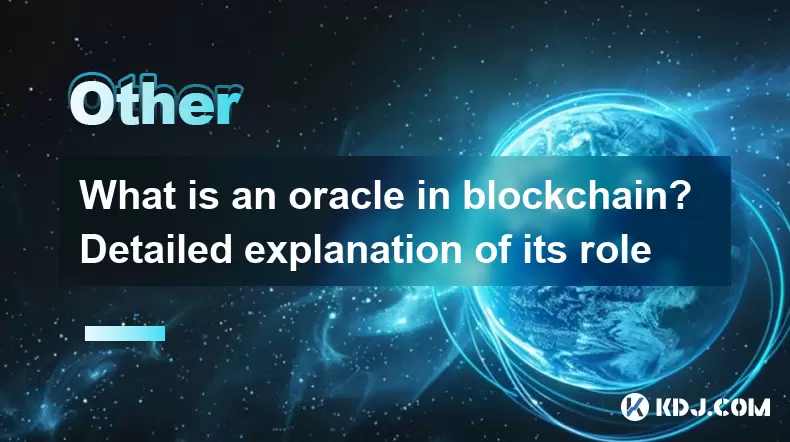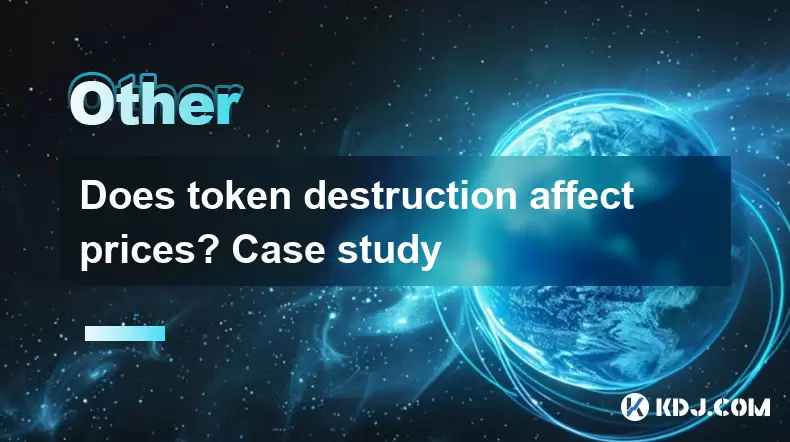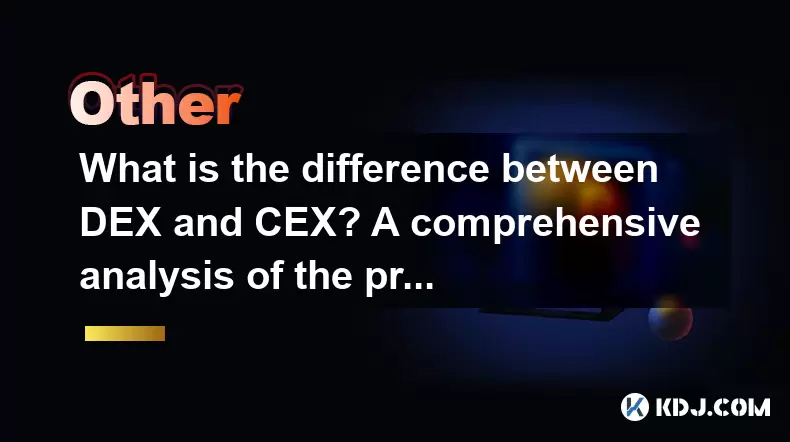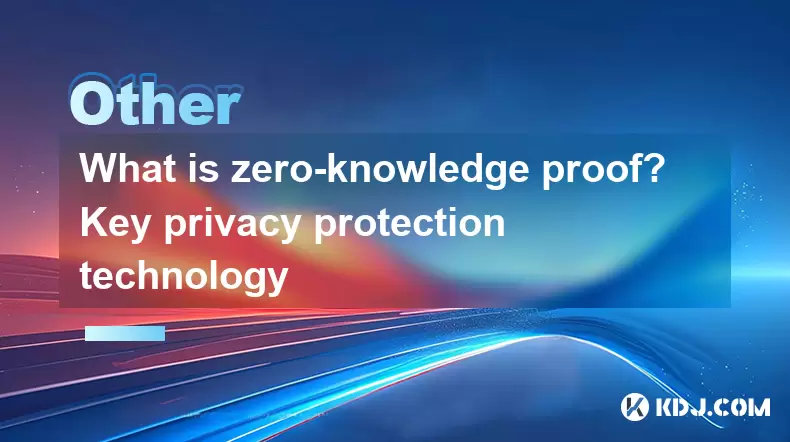-
 Bitcoin
Bitcoin $121,713.8152
3.06% -
 Ethereum
Ethereum $3,041.6437
2.42% -
 XRP
XRP $2.9499
5.12% -
 Tether USDt
Tether USDt $1.0000
-0.02% -
 BNB
BNB $704.1034
1.75% -
 Solana
Solana $166.7523
2.91% -
 USDC
USDC $0.9999
0.00% -
 Dogecoin
Dogecoin $0.2052
2.90% -
 TRON
TRON $0.3011
-0.47% -
 Cardano
Cardano $0.7461
1.42% -
 Hyperliquid
Hyperliquid $48.3650
1.12% -
 Stellar
Stellar $0.4548
3.52% -
 Sui
Sui $3.9527
14.50% -
 Chainlink
Chainlink $16.3300
5.87% -
 Bitcoin Cash
Bitcoin Cash $511.8016
1.25% -
 Hedera
Hedera $0.2395
1.40% -
 Avalanche
Avalanche $21.6526
2.06% -
 UNUS SED LEO
UNUS SED LEO $9.0073
-0.23% -
 Shiba Inu
Shiba Inu $0.0...01369
2.61% -
 Toncoin
Toncoin $3.0335
0.66% -
 Litecoin
Litecoin $96.6206
1.72% -
 Monero
Monero $355.1673
5.35% -
 Polkadot
Polkadot $4.0839
2.47% -
 Uniswap
Uniswap $9.3282
9.72% -
 Dai
Dai $0.9997
-0.01% -
 Ethena USDe
Ethena USDe $1.0004
-0.04% -
 Pepe
Pepe $0.0...01248
1.07% -
 Bitget Token
Bitget Token $4.4642
2.68% -
 Aave
Aave $325.0626
6.81% -
 Bittensor
Bittensor $418.1482
6.22%
What is a decentralized identity (DID)?
Decentralized Identity (DID) empowers individuals with full ownership and control over their digital identities, promoting privacy, security, and reducing fraud.
Feb 18, 2025 at 10:42 pm

Key Points:
- Definition of Decentralized Identity (DID)
- Benefits of Using DIDs
- Steps to Create a DID
- Examples of DID Use Cases
- FAQs on Decentralized Identity
What is a Decentralized Identity (DID)?
Decentralized Identity (DID) is a new paradigm for managing digital identities. Unlike traditional centralized identity systems, where a single entity controls access to user data, DIDs are based on blockchain technology and give individuals full control over their own identities. With a DID, users can verify their identity and conduct transactions without relying on third parties, reducing the risk of fraud and data breaches.
Benefits of Using DIDs:
- Empowerment and Control: DIDs provide individuals with complete ownership and control over their digital identities, empowering them to decide who has access to their data and when.
- Increased Privacy and Security: By eliminating the need for third-party verification, DIDs enhance privacy and safeguard personal data from malicious actors.
- Reduced Fraud and Cybercrime: DIDs enable secure and verifiable authentication, minimizing the risk of identity theft and other cybercrimes.
- Improved Interoperability: DIDs facilitate interoperability across different blockchain networks, allowing users to access services and applications without facing compatibility issues.
Steps to Create a DID:
- Generate a DID Document: The DID document is a JSON file that contains essential information about the DID, such as the DID itself, the public key, and other metadata.
- Publish the DID Document: The DID document is published on a decentralized network, such as a blockchain, to make it globally accessible and verifiable.
- Store the DID: Users can store their DIDs in a DID wallet or other secure storage solution to manage and access them conveniently.
Examples of DID Use Cases:
- Secure Authentication: DIDs can be used for secure authentication in various online platforms and services, eliminating the need for usernames and passwords.
- Digital Identity Proof: Individuals can use DIDs to prove their identity in a verifiable and tamper-proof manner, such as for KYC (Know Your Customer) processes.
- Decentralized Social Networking: DIDs can enable decentralized social networking where users have full control over their profiles and interactions.
- Data Sharing and Management: DIDs provide a secure and privacy-preserving way for individuals to share and manage their data with trusted parties.
FAQ on Decentralized Identity:
- Q: What is the difference between a DID and a traditional identity?
- A: A DID gives individuals complete control over their own digital identity, unlike traditional identities controlled by centralized authorities.
- Q: How do I create a DID?
- A: You can follow the steps outlined in the article to generate, publish, and store your DID.
- Q: What are the benefits of using DIDs?
- A: DIDs offer enhanced privacy, security, reduced fraud, and improved interoperability compared to traditional identities.
- Q: What are some examples of DID use cases?
- A: DIDs are used in secure authentication, digital identity proof, decentralized social networking, and data sharing and management.
Disclaimer:info@kdj.com
The information provided is not trading advice. kdj.com does not assume any responsibility for any investments made based on the information provided in this article. Cryptocurrencies are highly volatile and it is highly recommended that you invest with caution after thorough research!
If you believe that the content used on this website infringes your copyright, please contact us immediately (info@kdj.com) and we will delete it promptly.
- Bitcoin, Crypto, and the Smartest Bet: Navigating the Digital Frontier
- 2025-07-14 20:30:11
- Crypto Market Soars: Bitcoin Shatters Records Amid Policy Optimism
- 2025-07-14 20:30:11
- Smokin' Crypto Tokens: Riding the Wave of New Tech and Big Money
- 2025-07-14 18:50:12
- Crypto Presale Heats Up: BlockchainFX Aims to Outpace Shiba Inu, Challenging Binance
- 2025-07-14 19:30:11
- Dogecoin's Howl: Price Surge, Crypto Beat, and What's Next for the Meme Coin
- 2025-07-14 19:50:12
- Satoshi's Fortune: Bitcoin's ATH Propels Creator Up Billionaires List
- 2025-07-14 19:50:12
Related knowledge

What is an oracle in blockchain? Detailed explanation of its role
Jun 21,2025 at 06:14am
Understanding the Concept of an Oracle in BlockchainIn the realm of blockchain technology, an oracle is a trusted third-party service that connects sm...

Does token destruction affect prices? Case study
Jun 22,2025 at 02:50am
Understanding Token DestructionToken destruction, commonly referred to as token burning, is a process where a portion of cryptocurrency tokens is perm...

What is a blockchain node? Popular science on the operating principle
Jun 22,2025 at 11:00pm
Understanding the Basics of a Blockchain NodeA blockchain node is essentially a computer connected to a blockchain network that participates in valida...

What is the difference between DEX and CEX? A comprehensive analysis of the pros and cons
Jun 24,2025 at 09:42am
What is a DEX (Decentralized Exchange)?A DEX, or Decentralized Exchange, operates without a central authority. Unlike traditional platforms, DEXs allo...

What is zero-knowledge proof? Key privacy protection technology
Jun 22,2025 at 07:29pm
Understanding Zero-Knowledge ProofZero-knowledge proof (ZKP) is a cryptographic method that allows one party to prove to another party that they know ...

What can a blockchain browser check? A practical function guide
Jun 20,2025 at 07:35pm
Understanding the Role of a Blockchain BrowserA blockchain browser serves as a powerful tool for anyone interacting with blockchain networks. It allow...

What is an oracle in blockchain? Detailed explanation of its role
Jun 21,2025 at 06:14am
Understanding the Concept of an Oracle in BlockchainIn the realm of blockchain technology, an oracle is a trusted third-party service that connects sm...

Does token destruction affect prices? Case study
Jun 22,2025 at 02:50am
Understanding Token DestructionToken destruction, commonly referred to as token burning, is a process where a portion of cryptocurrency tokens is perm...

What is a blockchain node? Popular science on the operating principle
Jun 22,2025 at 11:00pm
Understanding the Basics of a Blockchain NodeA blockchain node is essentially a computer connected to a blockchain network that participates in valida...

What is the difference between DEX and CEX? A comprehensive analysis of the pros and cons
Jun 24,2025 at 09:42am
What is a DEX (Decentralized Exchange)?A DEX, or Decentralized Exchange, operates without a central authority. Unlike traditional platforms, DEXs allo...

What is zero-knowledge proof? Key privacy protection technology
Jun 22,2025 at 07:29pm
Understanding Zero-Knowledge ProofZero-knowledge proof (ZKP) is a cryptographic method that allows one party to prove to another party that they know ...

What can a blockchain browser check? A practical function guide
Jun 20,2025 at 07:35pm
Understanding the Role of a Blockchain BrowserA blockchain browser serves as a powerful tool for anyone interacting with blockchain networks. It allow...
See all articles

























































































